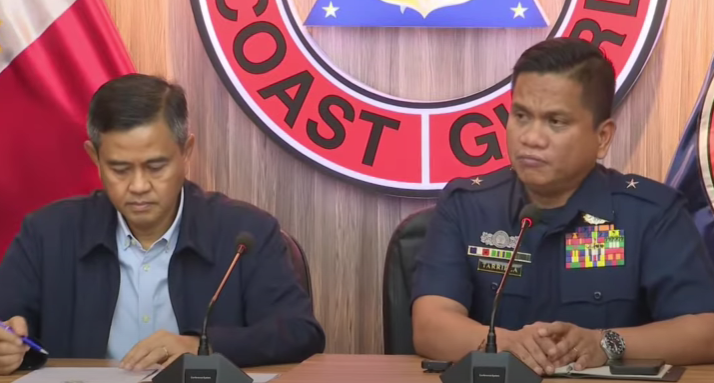
Chinese and Philippine Coast Guards Clash in South China Sea
The Chinese and Philippine Coast Guards have traded accusations following a series of collisions between their vessels in the disputed South China Sea on Saturday. Tensions have escalated as both sides blame each other for the incidents near the contested Sabina Shoal, a hotspot in the ongoing maritime dispute.
Chinese Coast Guard’s Accusation
The Chinese Coast Guard (CCG) claimed that a Philippine Coast Guard (PCG) ship deliberately collided with one of its vessels. According to Chinese state broadcaster CCTV, the incident occurred at 12:06 when the Philippine ship No. 9701 allegedly crashed into the Chinese ship No. 5205. The CCG maintained that their vessel was engaged in “normal law enforcement” activities when the collision occurred.
CCG spokesman Liu Dejun asserted that the collision was entirely the fault of the Philippine side. “The Philippine ship deliberately collided with the Chinese ship in an unprofessional and dangerous manner, resulting in a collision. The responsibility lies entirely with the Philippines,” Liu stated.
Philippine Coast Guard’s Response
The Philippine Coast Guard (PCG) quickly countered these claims, accusing the Chinese of initiating the collision. PCG spokesperson Jay Tarriela reported that a Chinese Coast Guard vessel had intentionally rammed the BRP Teresa Magbanua three times without any provocation from the Philippine side.
“This afternoon, the Chinese Coast Guard vessel deliberately rammed and collided with the BRP Teresa Magbanua three times,” Tarriela wrote in a post on X (formerly Twitter). The PCG’s account directly challenges China’s narrative, pointing to deliberate aggression on the part of the Chinese vessel.
Ongoing Maritime Tensions
These conflicting accounts arise as Chinese and Philippine vessels have repeatedly clashed in recent days near Sabina Shoal, also known as Xianbin Reef. The atoll, located just 86 miles from the Philippines’ west coast and 745 miles from China, is a critical point in the broader South China Sea dispute, where territorial claims have fueled ongoing tensions.
International Reactions
The United States has condemned China’s actions, backing the Philippine account of the incident. A spokesperson for the US State Department expressed concern over China’s aggressive behavior, particularly the “deliberate” collisions with the Philippine vessel.
“On multiple occasions throughout August 2024, China has aggressively disrupted lawful Philippine aerial and maritime operations in the South China Sea, including at Sabina Shoal,” said Matthew Miller, the US State Department spokesperson. He called on China to adhere to international law and cease its “dangerous and destabilizing conduct.”
Escalating Dispute
The recent escalation in the South China Sea comes just weeks after China and the Philippines reached a temporary agreement to de-escalate tensions. That deal, however, appears to have done little to ease the situation, as aggressive tactics continue to raise alarms across the region and in Washington, where the Philippines is a key mutual defense ally.
China’s claim to nearly the entire South China Sea, despite an international ruling against it, remains a significant source of conflict. The strategic waterway is rich in resources and is a vital shipping route, making it a focal point for regional and global power struggles.
As the situation unfolds, the risk of further clashes between Chinese and Philippine vessels remains high, with both sides showing no signs of backing down. The international community watches closely, aware that any further escalation could have broader implications for peace and stability in the region.